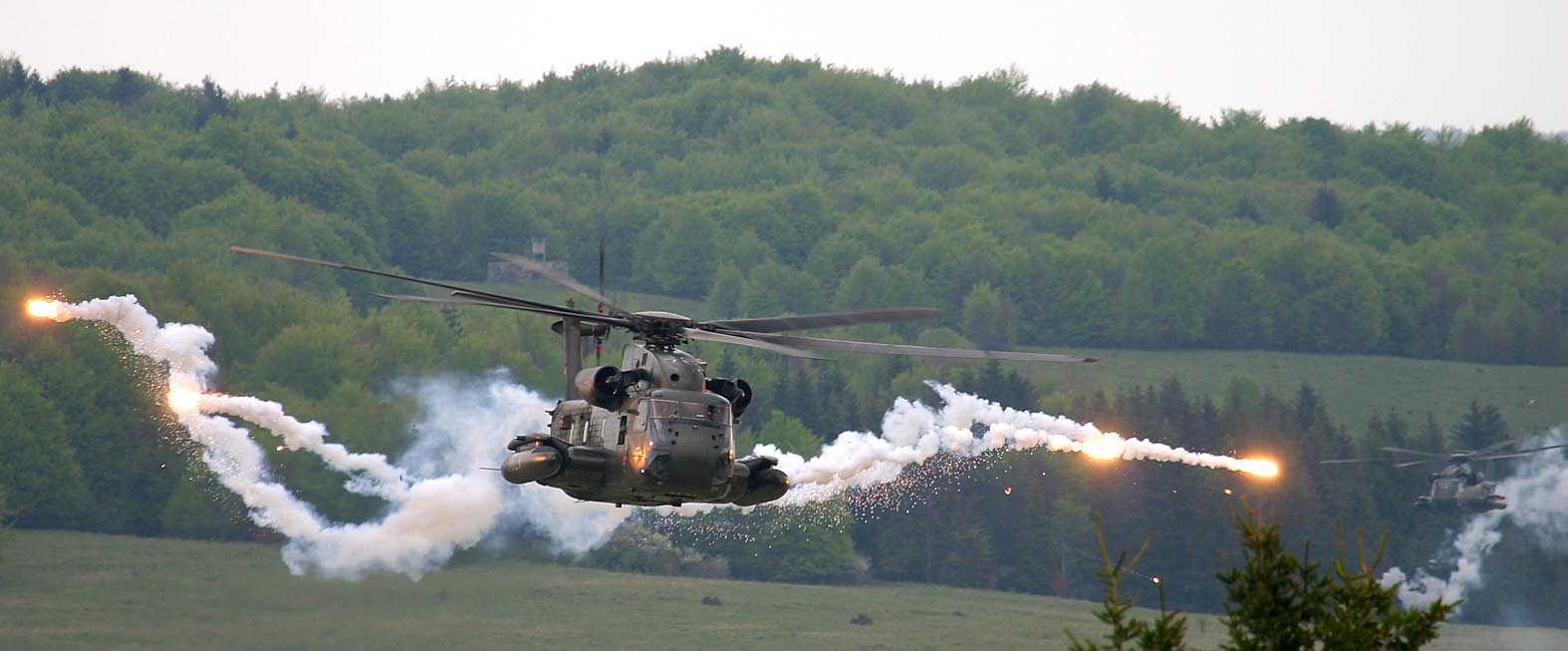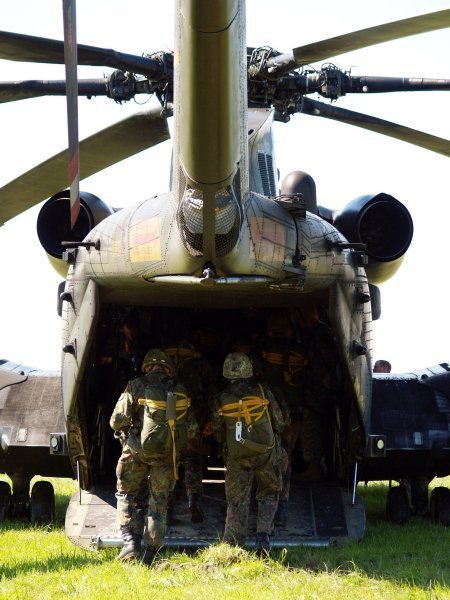Sunday, 28.Apr.2024, 1:05:51
Dr.(Phys.)Dipl.-Ing.Ralf-Udo Hartmann
CH-53 FamilyI on the top! They want to see me with the practice-flight, they press here!
General characteristics
Crew: 2 pilots, 1 or more crew chiefs
Capacity: 37 troops (55 in alternate configuration) or 24 stretchers
Length: 88 ft 6 in (26.97 m) Rotor diameter: 72 ft 2.7 in (22.01 m)
Height: 24 ft 11 in (7.6 m) Empty weight: 23,628 lb (10,740 kg)
Loaded weight: 33,500 lb (15,227 kg)
Max takeoff weight: 42,000 lb (19,100 kg)
Powerplant: 2× General Electric T64-GE-413 turboshaft, 3,925 shp (2,927 kW) each
Width (stub wings): 28 ft 4 in (8.64 m)
Width (fuselage): 15 ft 6 in (4.7 m)
Rotor systems: 6 blades on main rotor
Performance Maximum speed: 170 knots (196 mph, 315 km/h)
Cruise speed: 150 kt (173 mph, 278 km/h)
Range: 540 nmi (1,000 km) Ferry range: 886 nmi (1,640 km)
Service ceiling: 16,750 ft (5,106 m) Rate of climb: 2,460 ft/min (12.5 m/s)
Armament Two door mounted .50 BMG XM218 machine guns. Some have a ramp mounted .50 BMG GAU-21 machine gun.
German CH-53Gs can mount two 7.62 mm MG3 machine guns in the side doors,
which are to be replaced by two .50 BMG M3M/GAU-21 machines guns in the doors and one on the ramp.
  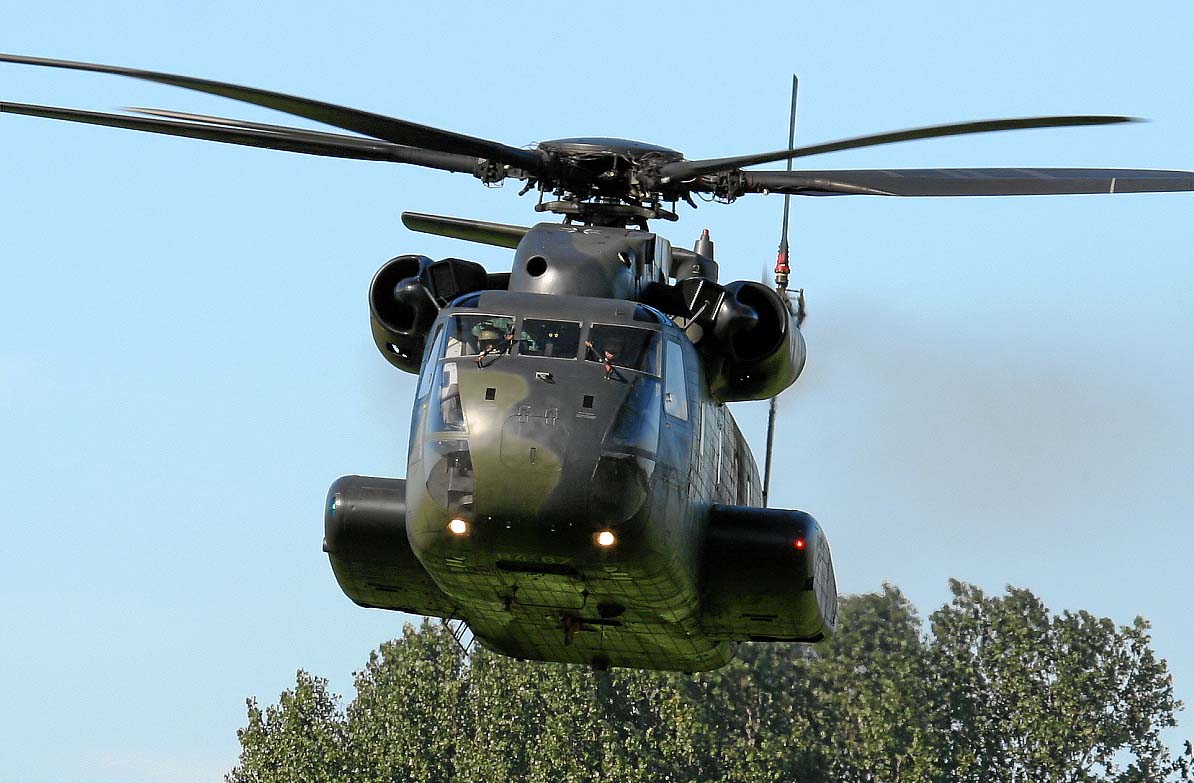 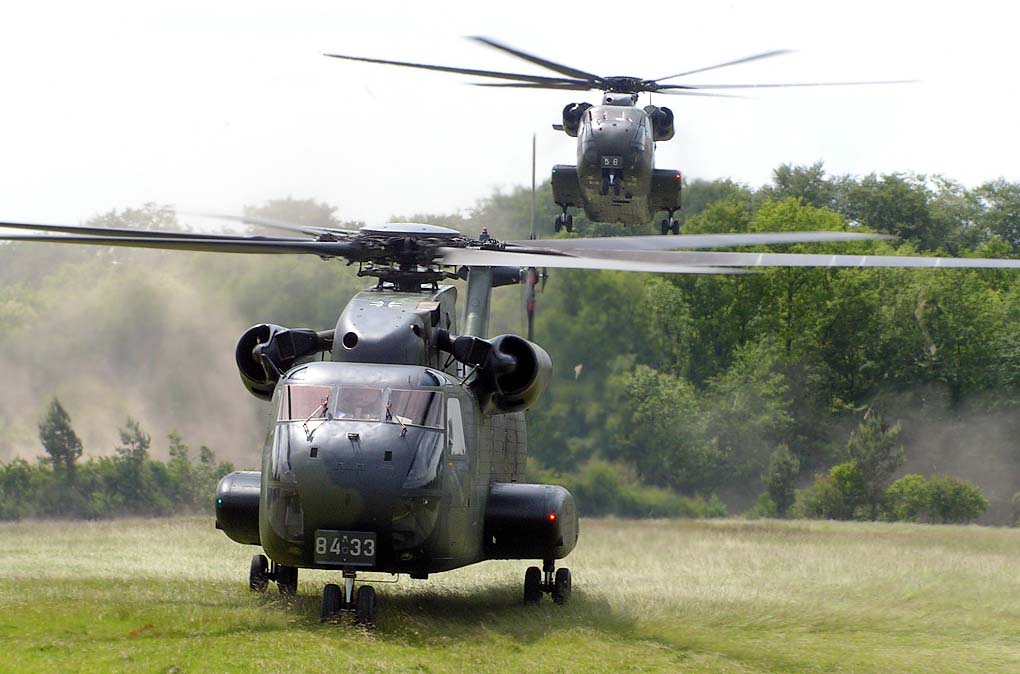 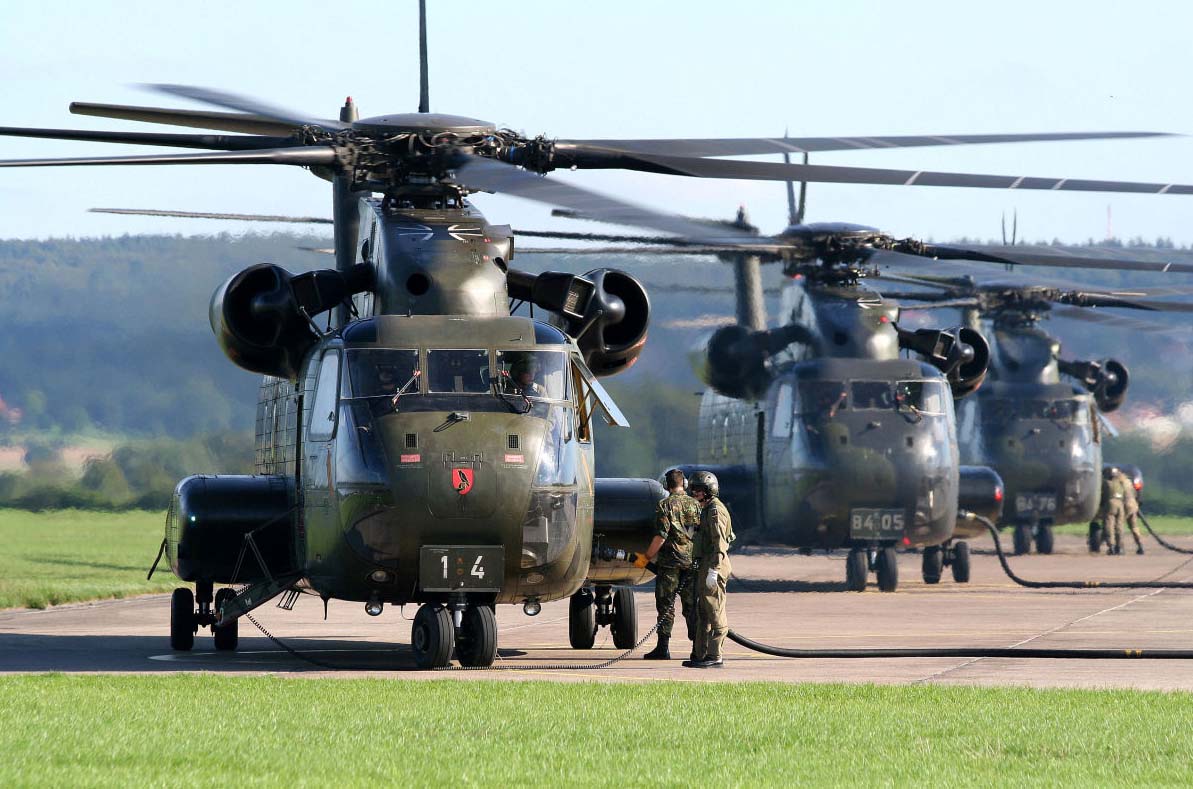 
After mid-1944, Fallschirmjäger were no longer trained as paratroops owing to the realities of the strategic situation, but retained the Fallschirmjäger honorific. Near the end of the war, the series of new Fallschirmjäger divisions extended to over a dozen, with a concomitant reduction in quality in the higher-numbered units of the series. Among these divisions was the 9th Fallschirmjäger Division, which was the final parachute division to be raised by Germany during World War II. The Russian army destroyed the division during the Battle of Berlin in April 1945. The Fallschirmjäger were issued specialist weapons such as the FG 42 and specially designed helmets.
They want to see me with the practice-flight, they press here!
|
Menue
Search
Entries archive
Calendar
Search
|
||||||||||||||||||||||||||||||||||||||||||||||||
